
When Things Click

This week I was installing artwork for a project, fussing (as usual) over every little adjustment. At one point, all it took was the lightest tap of my finger to bring a frame into perfect line with its gallery wall counterparts. Just that—a teeny tiny nudge—and suddenly the whole composition felt right. The eye knew. The body knew.
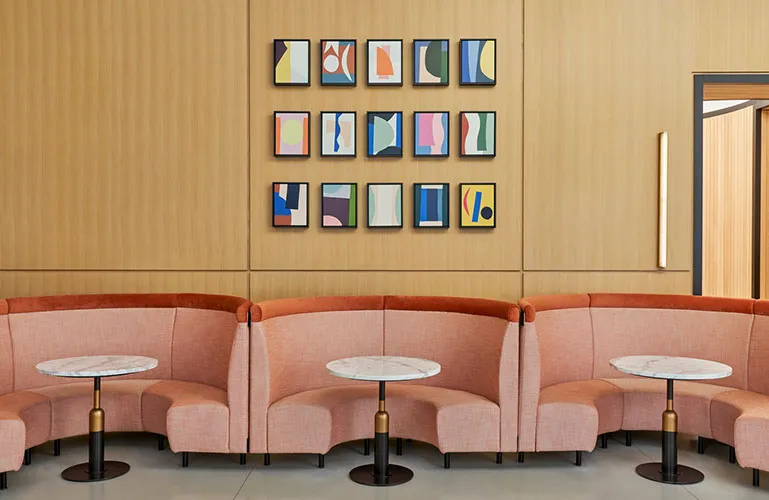
It reminded me that alignment isn’t just about symmetry or neatness.
It’s how your shoulders drop in a room that feels right.
How your heart steadies around people who fit.
How your best ideas show up, almost on their own, when everything clicks into place.
Because alignment isn’t only about making things look good.
It’s about how they make you feel.
The science of alignment (and why your body notices first)
This isn’t just intuition—though intuition is a kind of ancient science in itself.
Psychologists Rachel & Stephen Kaplan, who spent decades studying how environments affect our attention, coined the term “soft fascination.” They found that spaces with gentle, layered sensory cues—varied textures, natural patterns, balanced compositions—let the brain stop scanning for problems. It rests. It opens up. You get your focus back.
Meanwhile, research on sensory-specific satiety shows that the brain craves a balance between sameness and surprise. Too little variety, and it tunes out. Too much, and it overloads. The right harmony—whether in a room, a painting, or your schedule—keeps your mind engaged without tipping into stress.
It’s not just visual, either. When you’re in a space that resonates, your mirror neurons sync your internal state to it. Calm mirrors calm. Delight mirrors delight.
“Order is a necessary condition for anything the human mind is to understand.”
— Rudolf Arnheim, Art and Visual Perception
It’s why a well-aligned corner might make you exhale without knowing why.
It’s why alignment isn’t just aesthetically pleasing—it’s biologically essential.
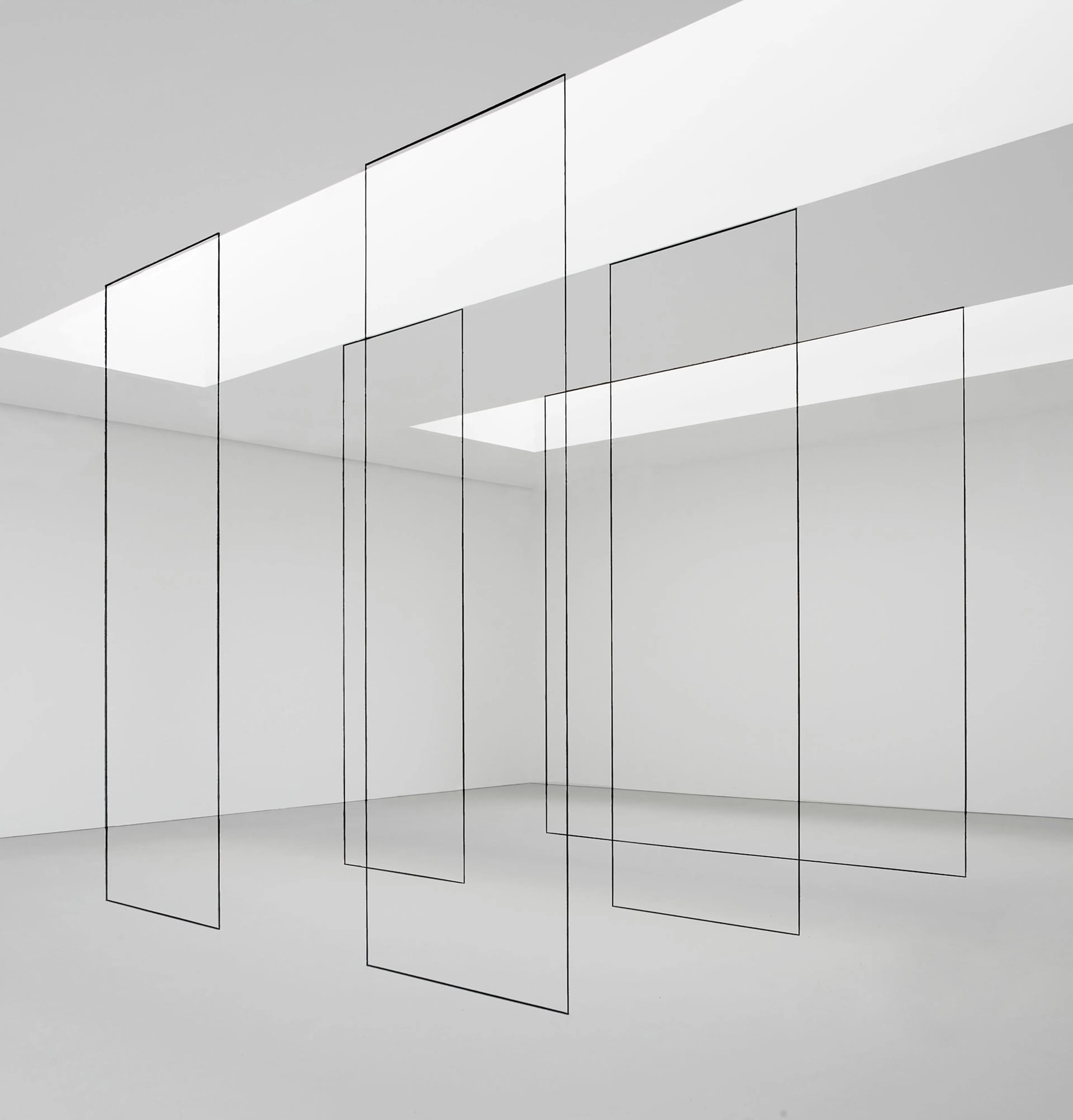
Alignment in your space (tiny design moves)
So what does this actually look like in consciously designed spaces?
Alignment isn’t about everything matching. It’s about everything belonging.
Try:
- Play with proportion.
A tiny lamp on a huge table feels awkward. The right scale clicks immediately. Move things until they feel in quiet conversation. - Mind your sight lines.
What’s the first thing you see when you walk into a room? Is it restful, inspiring, interesting—or a pile of clutter? Curate what greets your eyes. - Mix your textures.
Smooth stone next to raw wood. A soft throw on a structured chair. Your nervous system loves a little tactile variety. - Use art intentionally.
Hang pieces at eye level, leave some negative space, let your walls breathe. A single well-placed work does more for alignment than any trend wall ever could.

Alignment in life (tiny recalibrations)
Of course, as always, it goes far beyond interiors.
Alignment is also about your choices, your rituals, your relationships—how your outer world lines up with your inner one.
Sometimes that means big moves: leaving a job, moving cities, letting go of versions of yourself that no longer fit.
But often, it starts small.
- Shift your routine slightly.
Try a slower morning. A different walk. A new genre of music in the kitchen. - Edit a corner.
Clear everything off, and only put back what you truly love. - Pay attention to how your body responds.
Because alignment isn’t usually loud—it’s a quiet hum. That subtle click inside that says, yes, this.
“Simplicity is not about deprivation. It’s about a greater appreciation for things that really matter.”
— Jeanne de La Bruyère
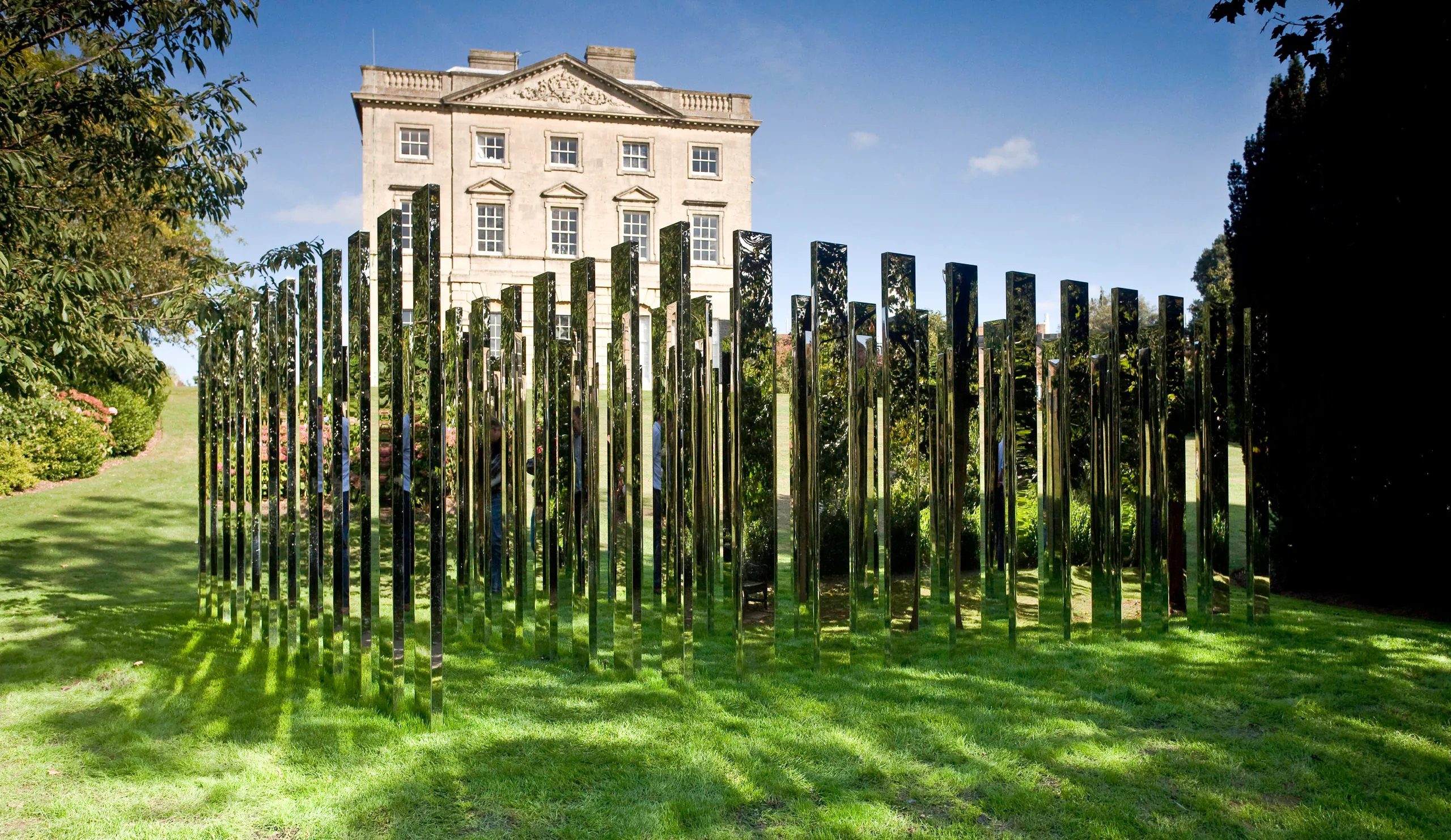
Final thought
This week, maybe don’t chase productivity.
Or even inspiration.
Just look for a subtle shift—a small move toward alignment.
Because it’s probably closer than you think.
Sometimes the slightest adjustment is all it takes, and everything quietly clicks into place
💌
Elle
P.S. What in your world makes you feel most aligned? Tell me in the comments 💬 I’d love to hear!




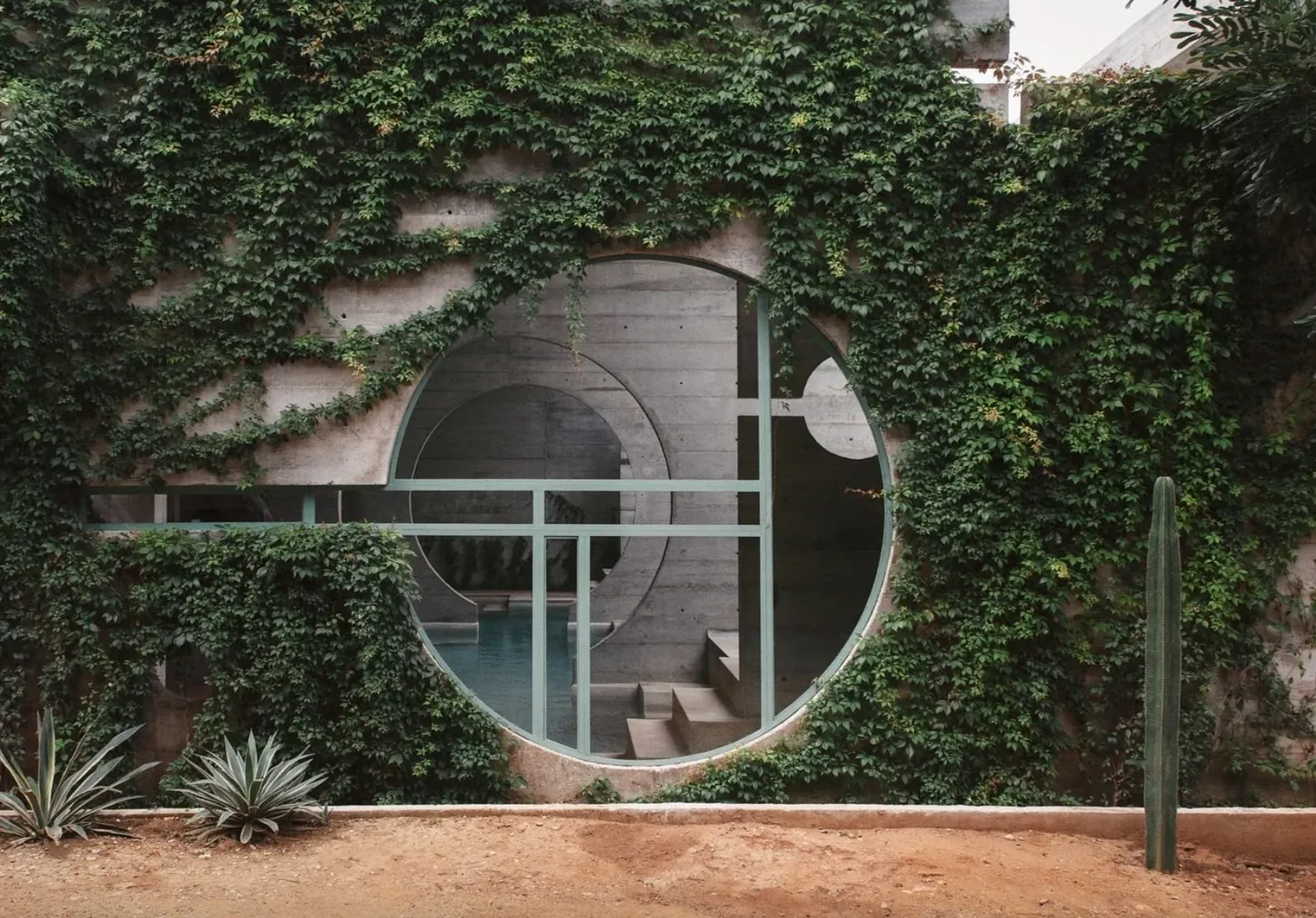
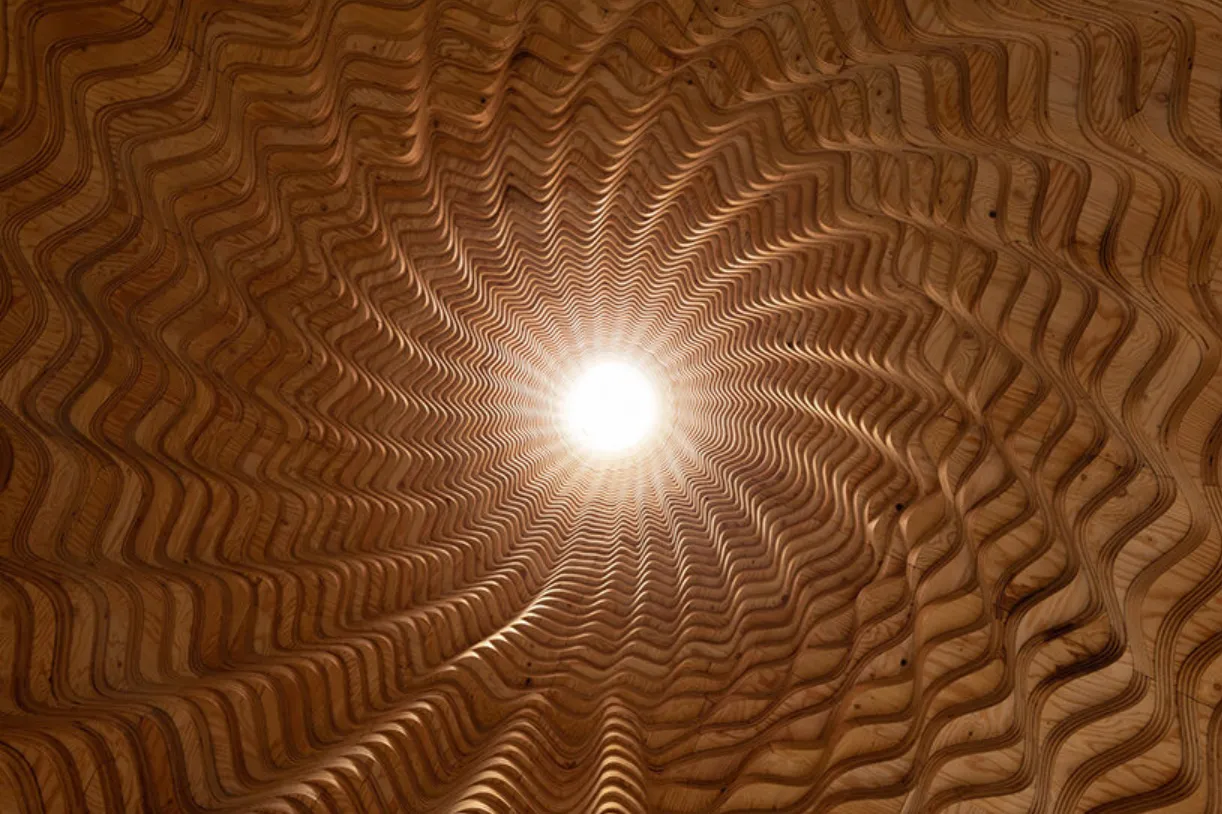
.svg)


.svg)
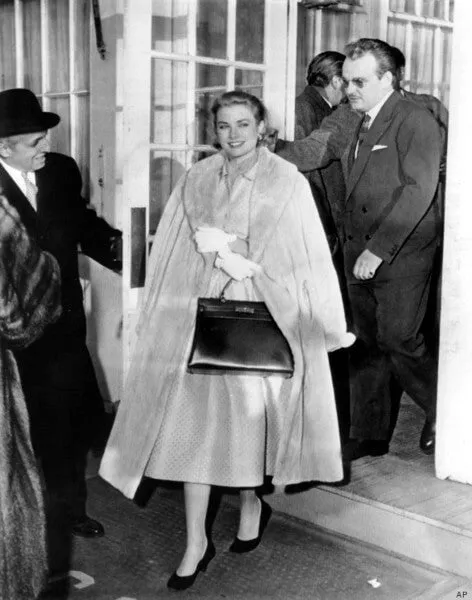
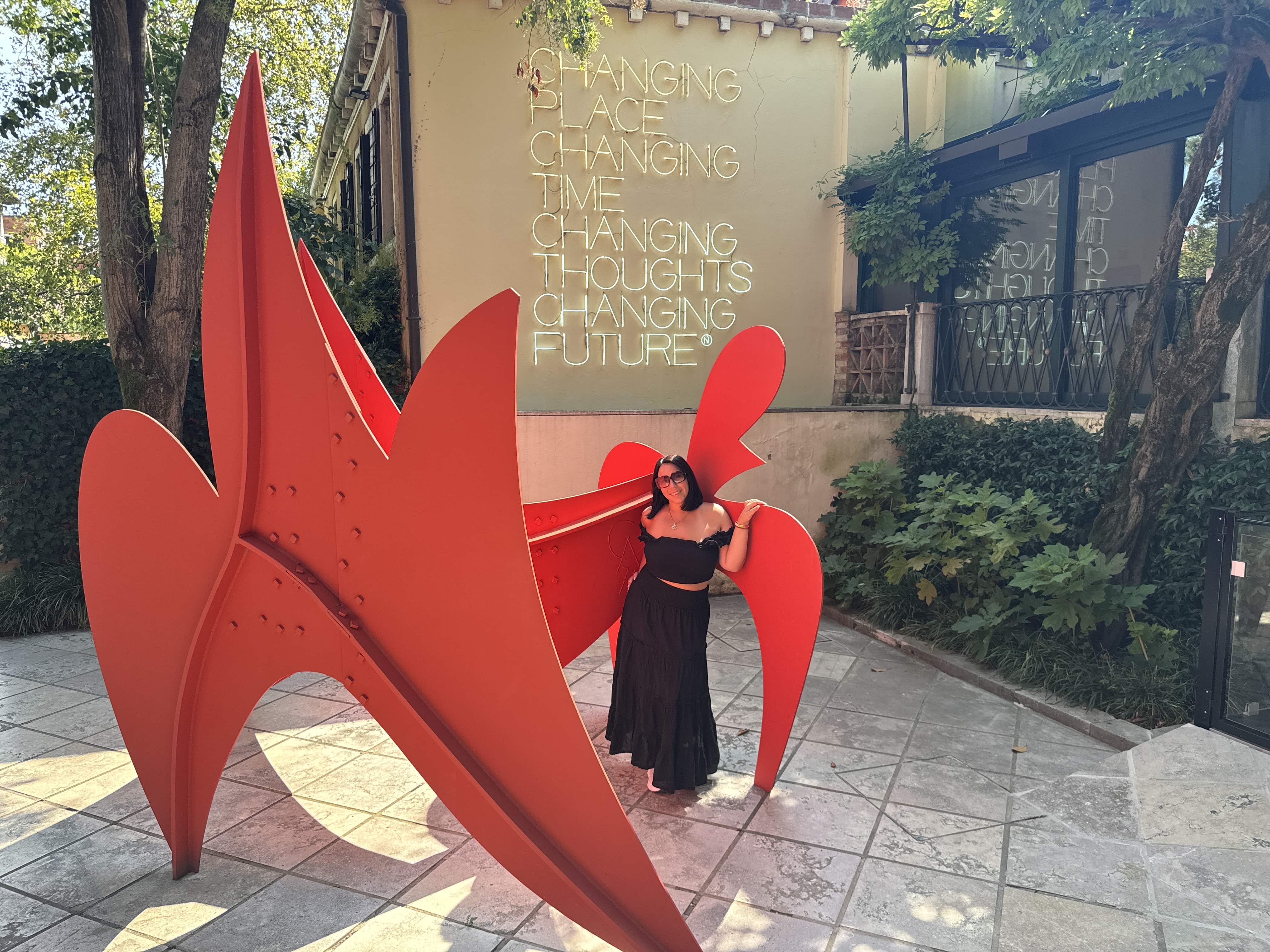
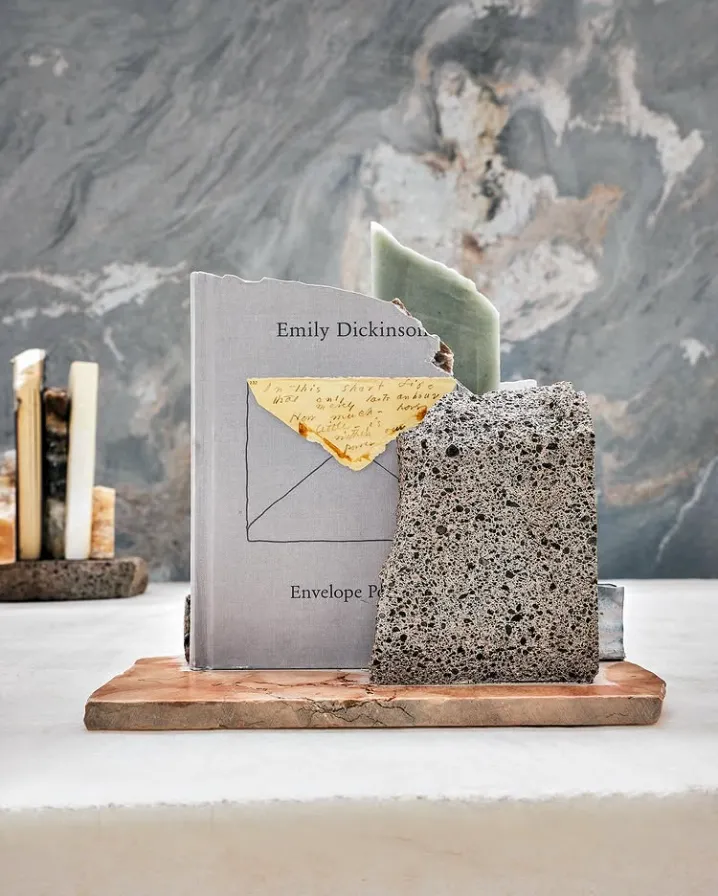
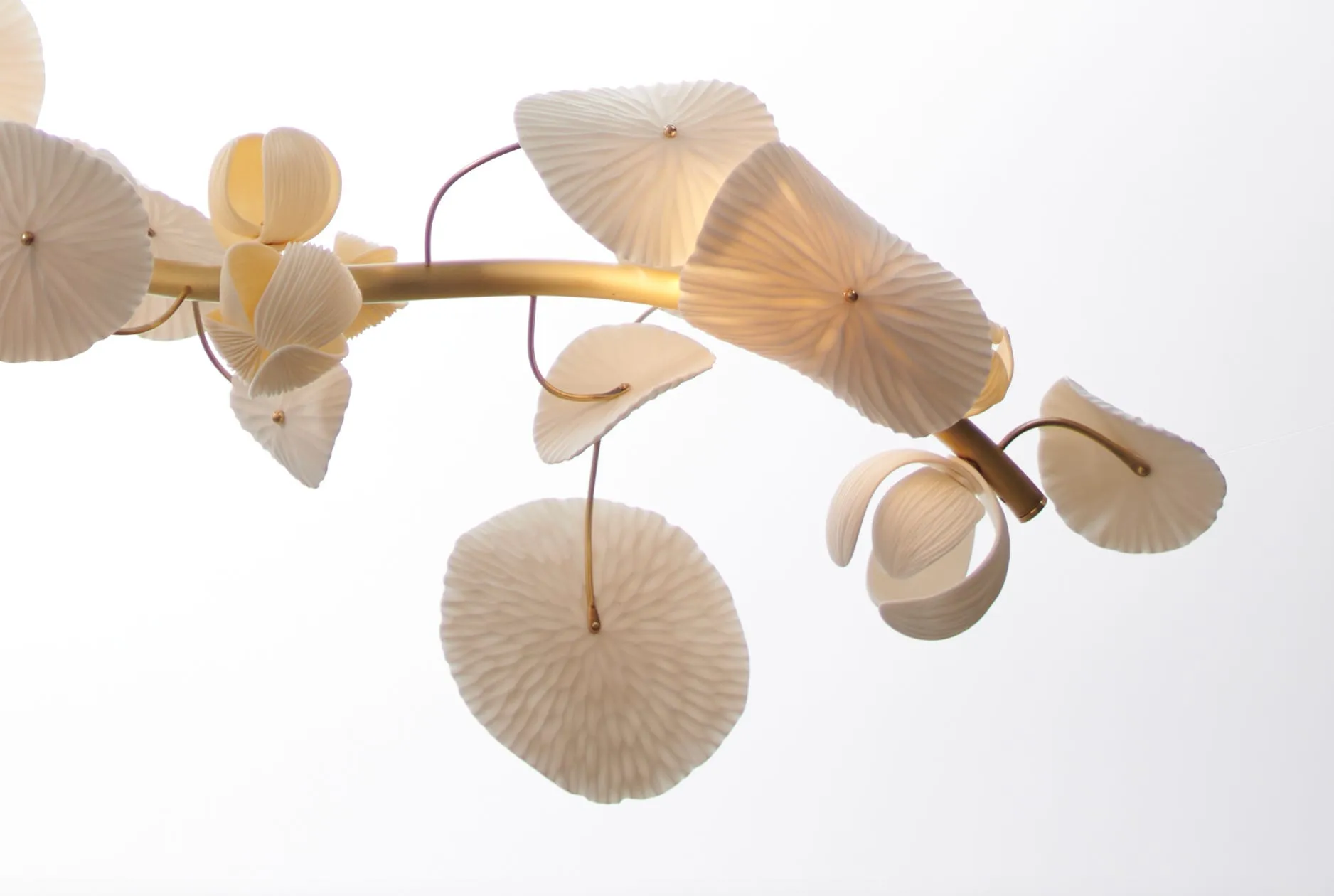


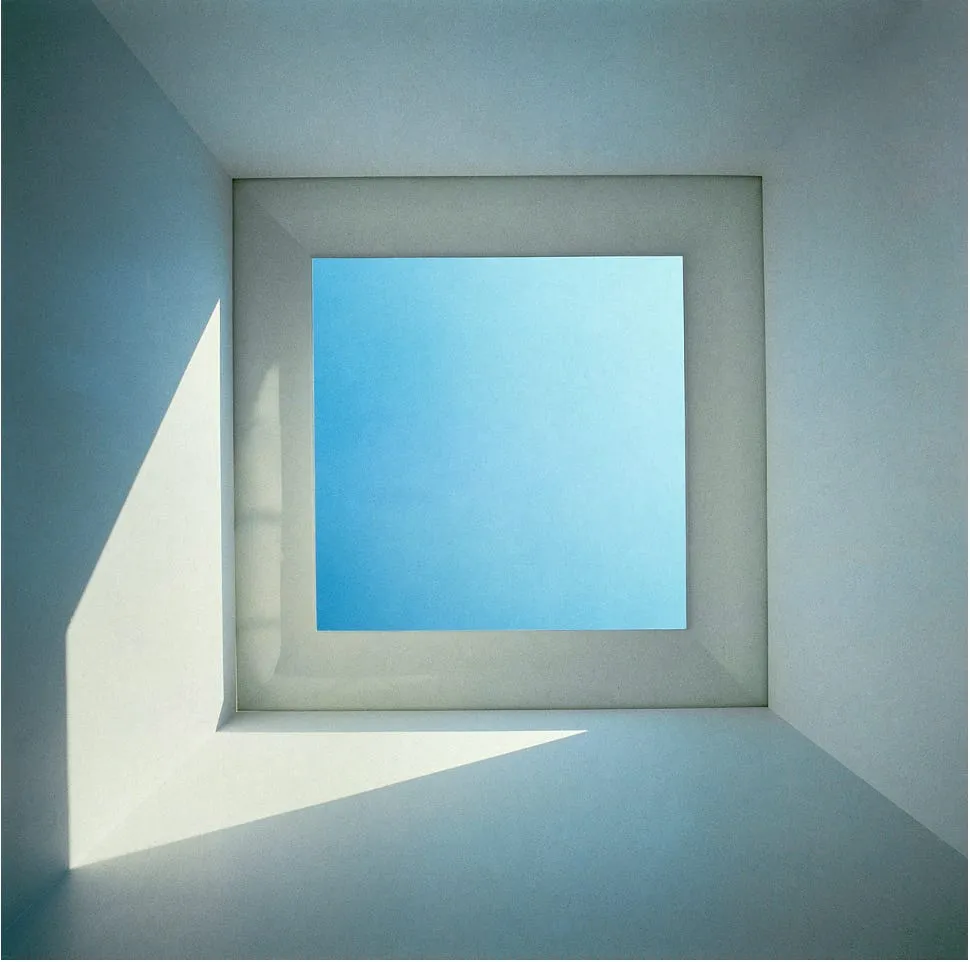
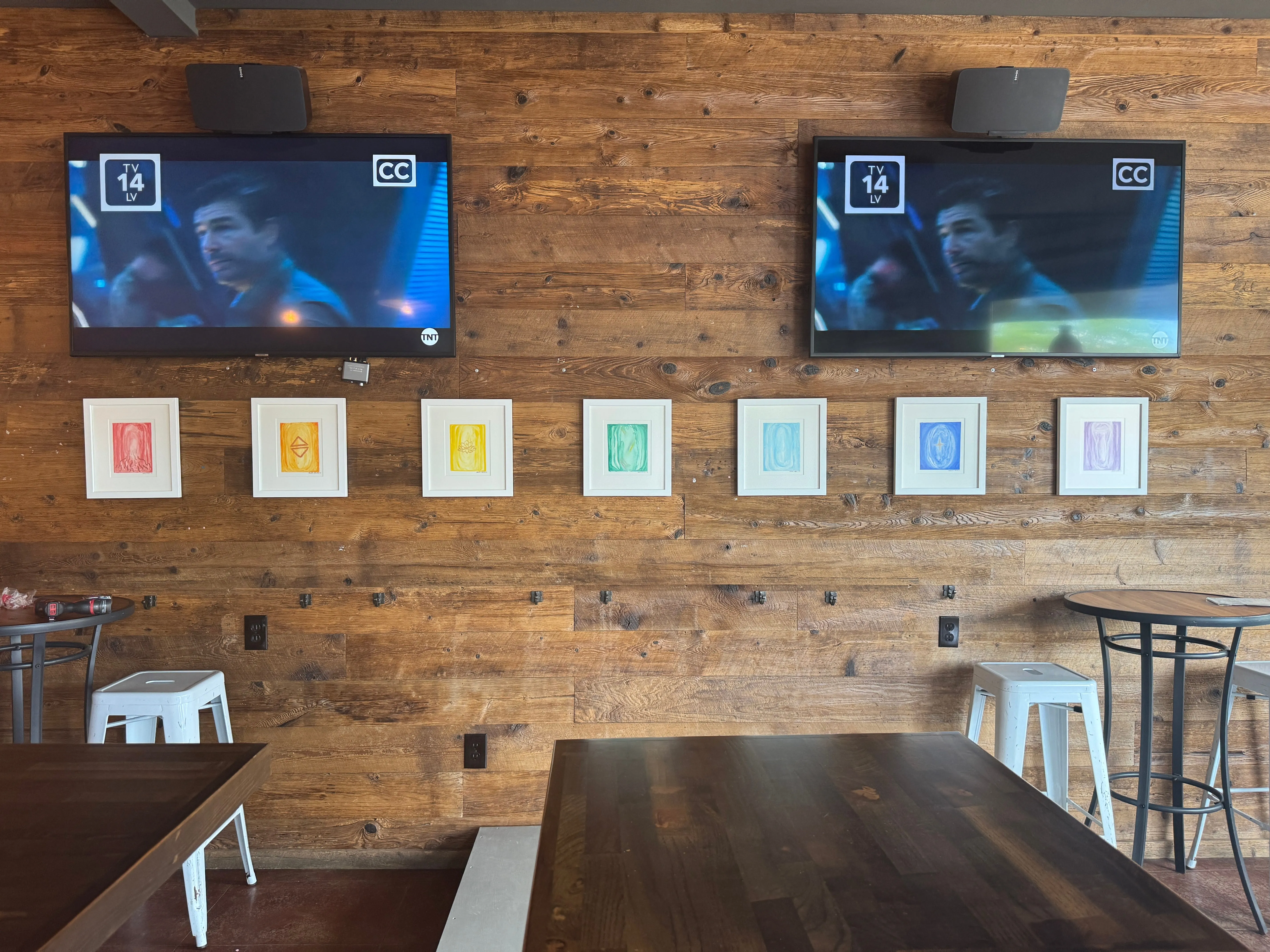

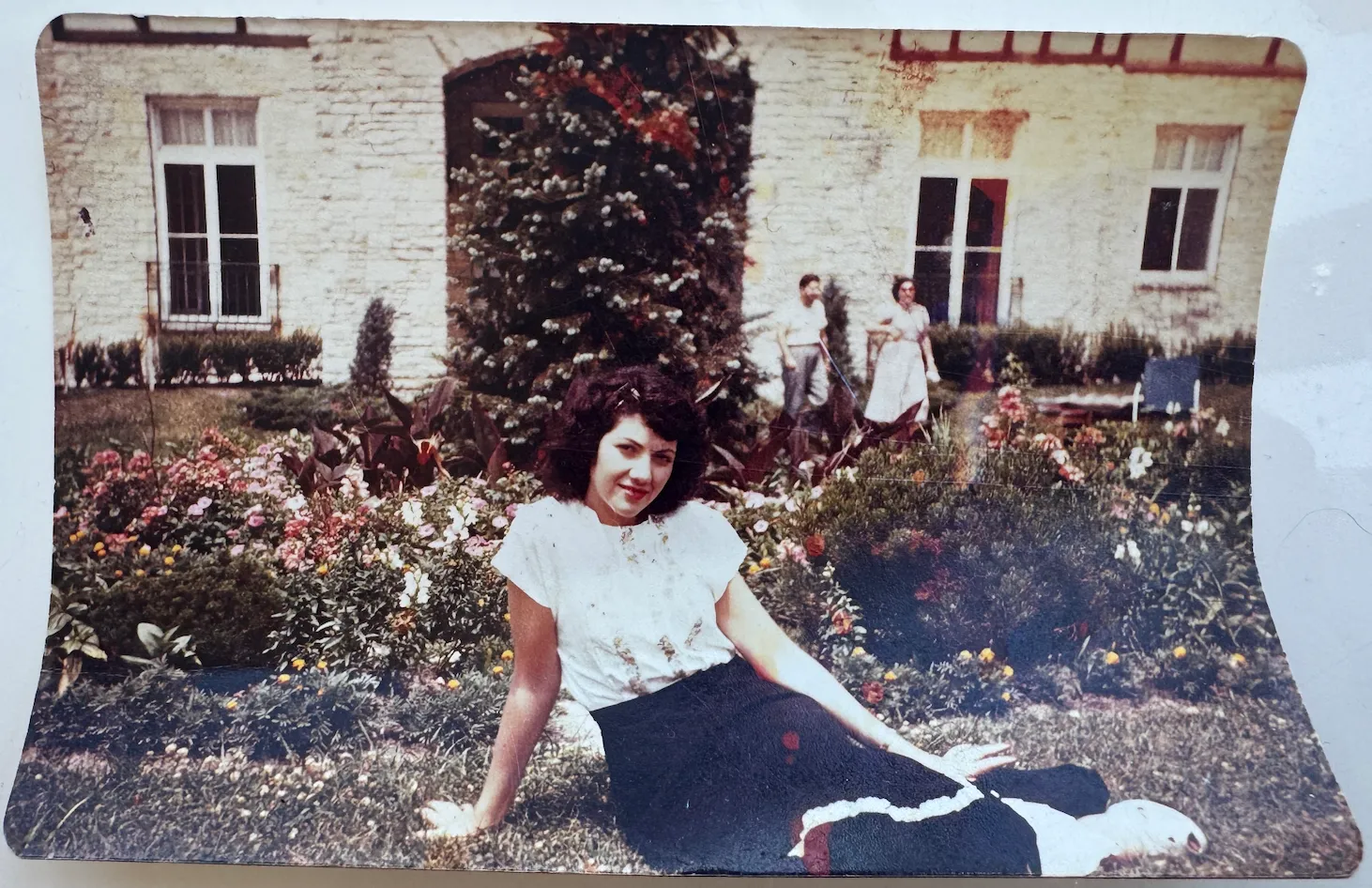

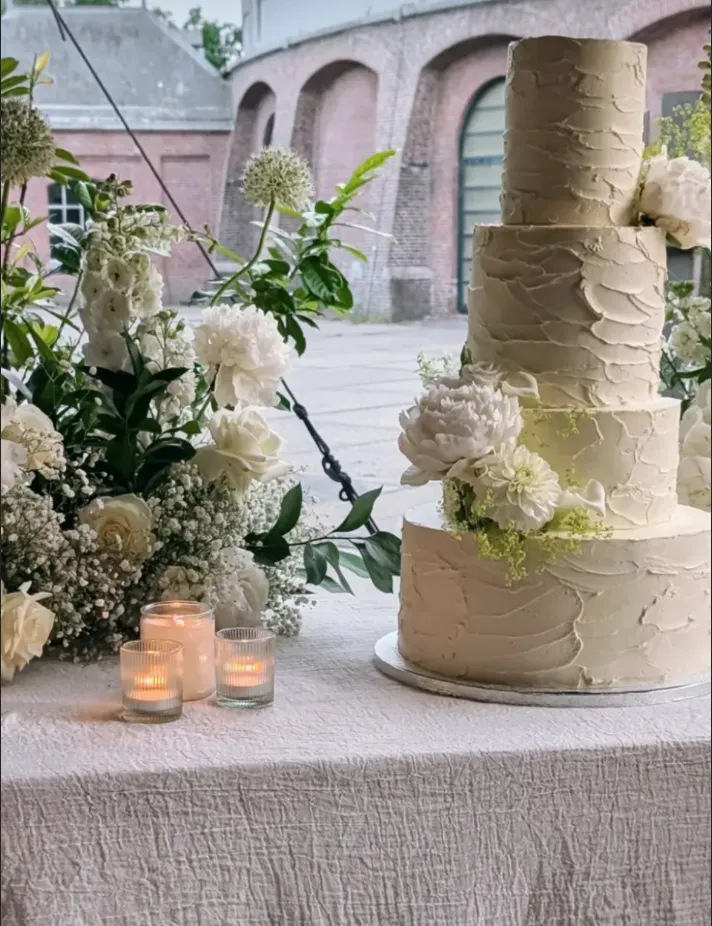


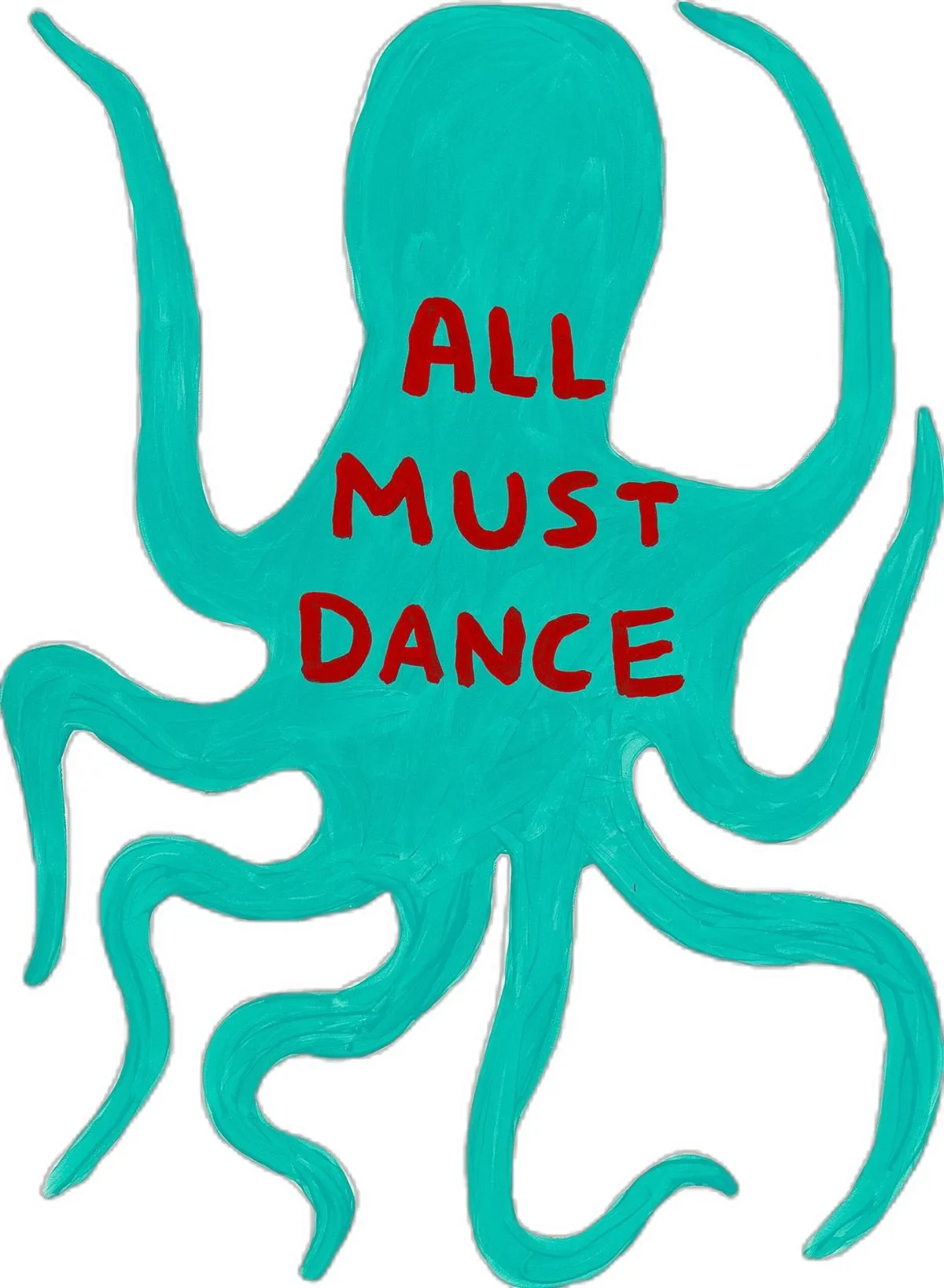

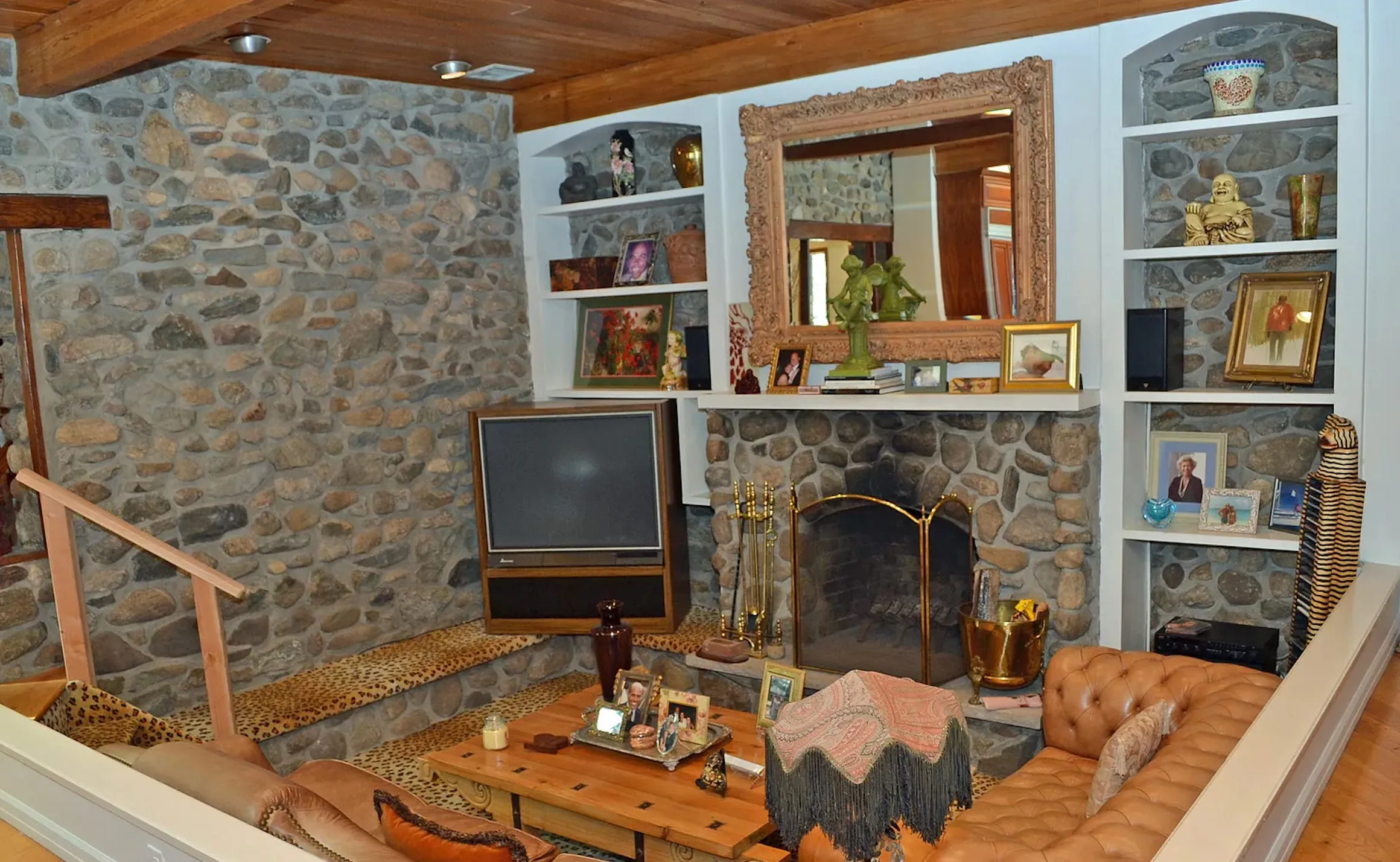
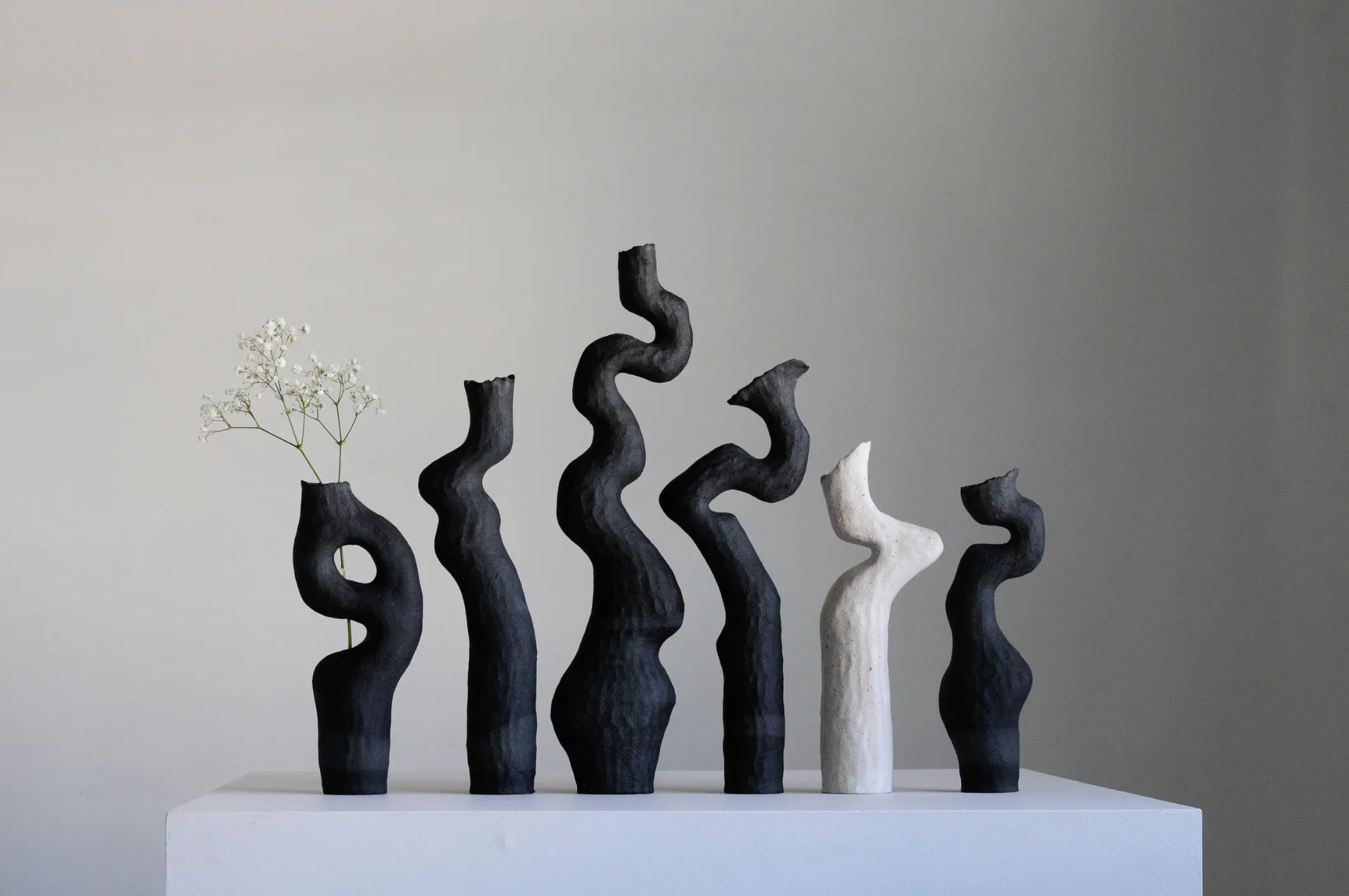

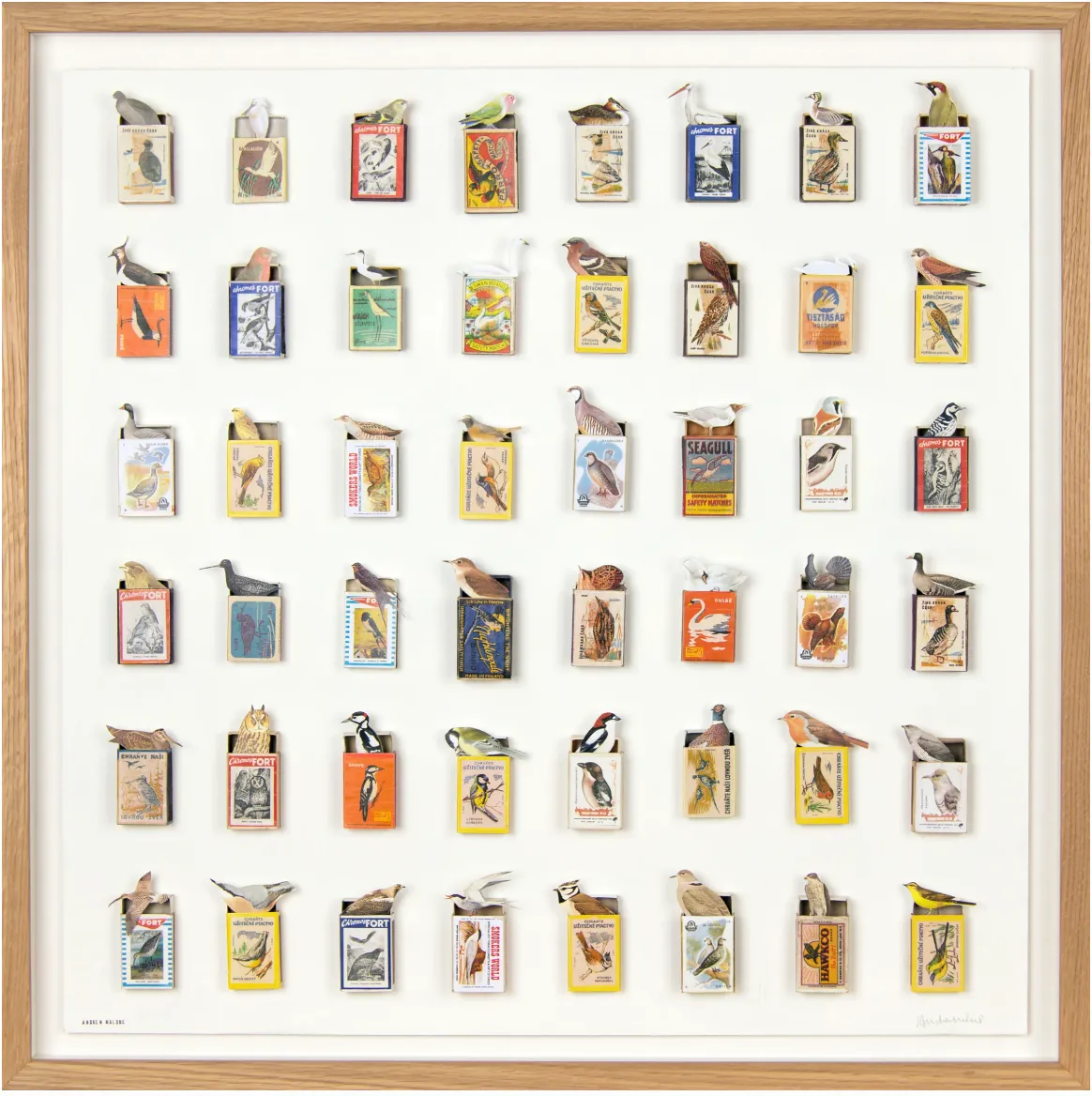

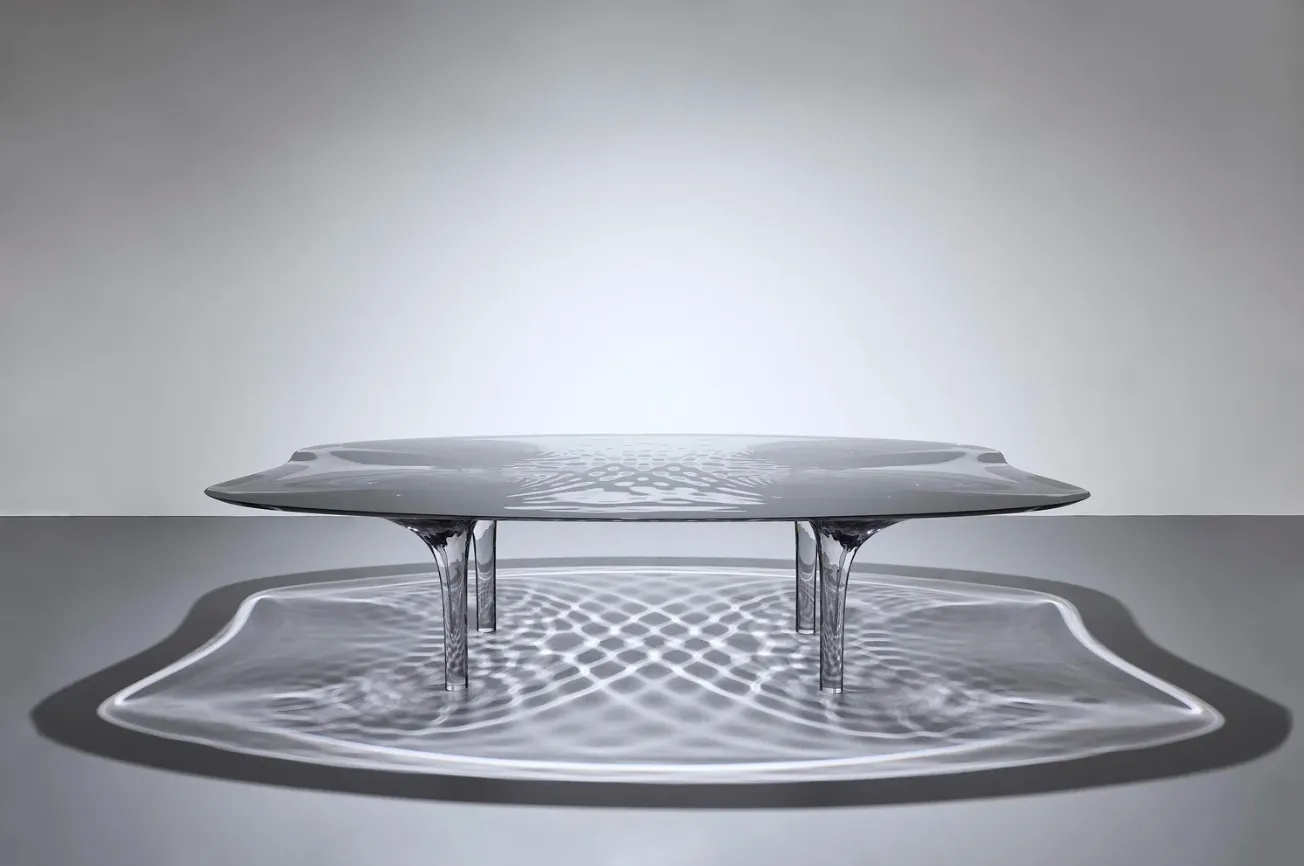

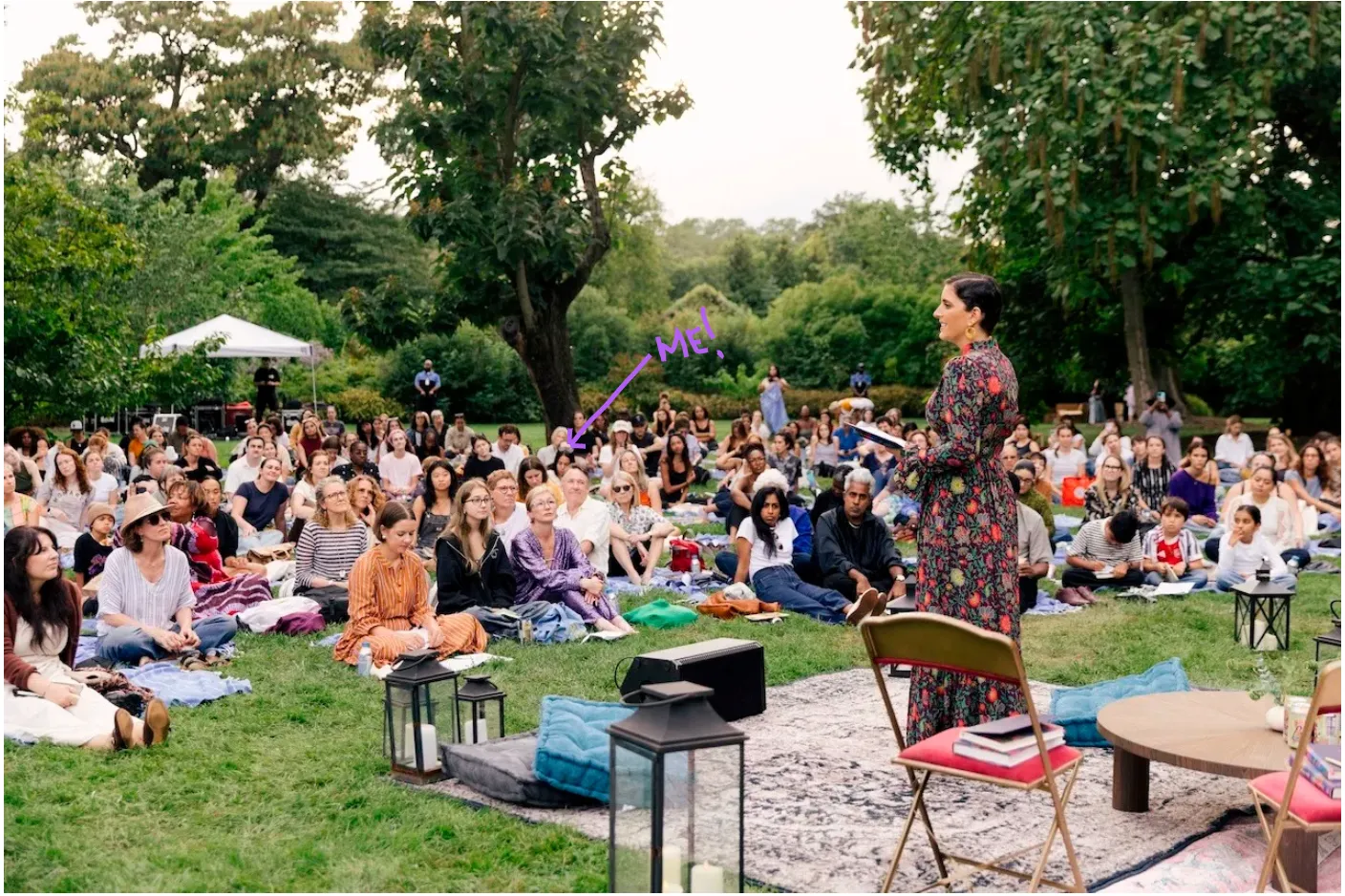

.webp)

.webp)
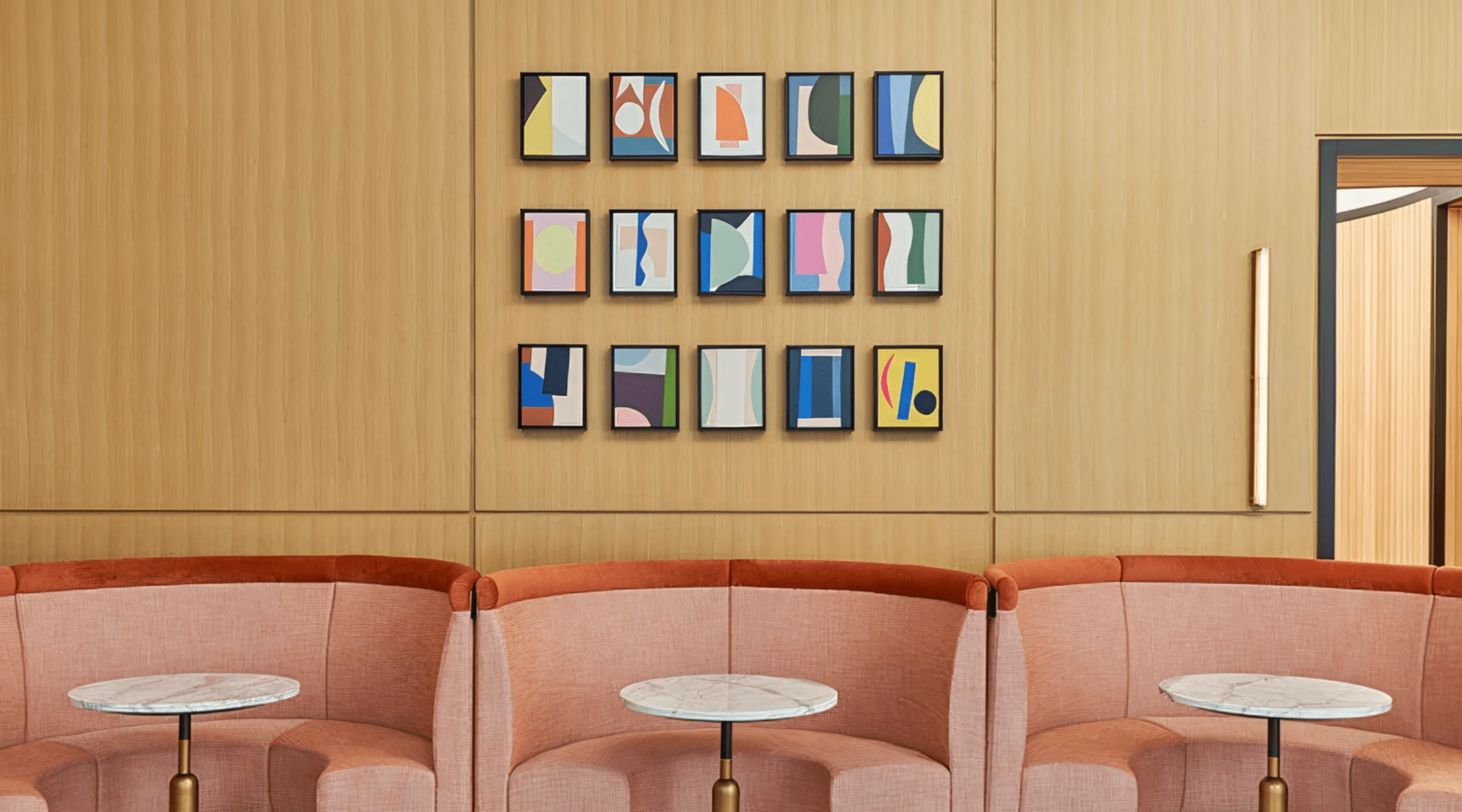
.webp)
.webp)
.webp)
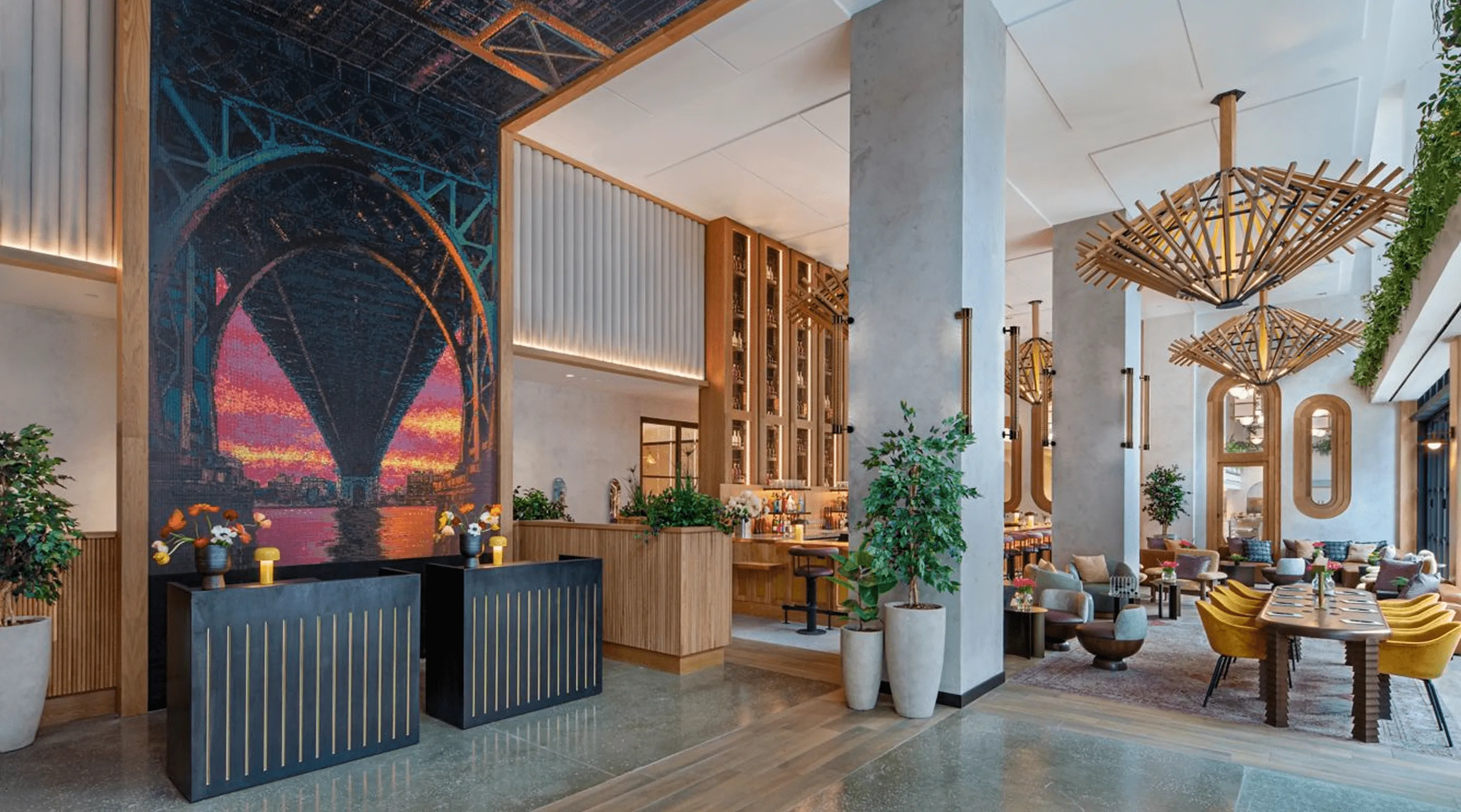
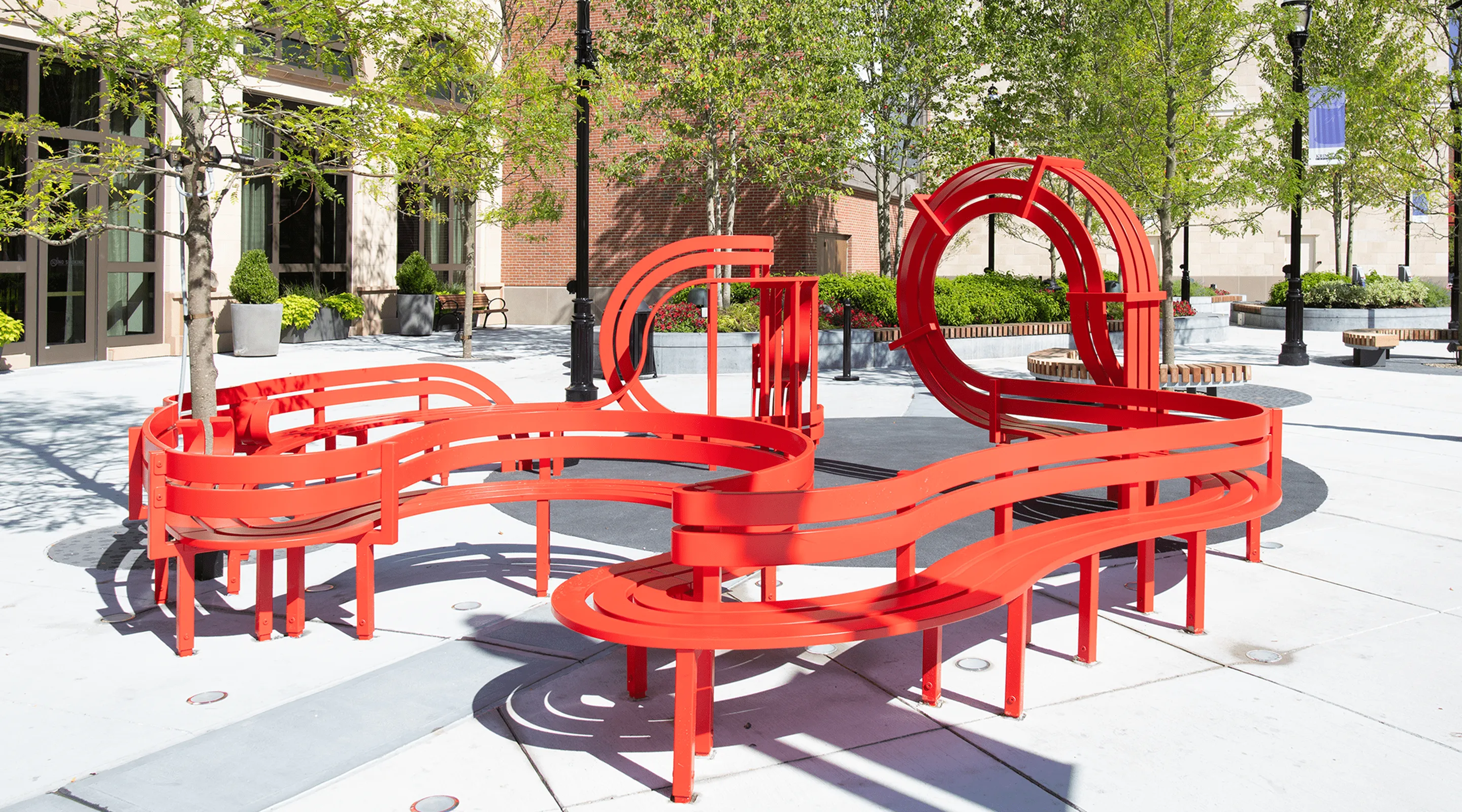
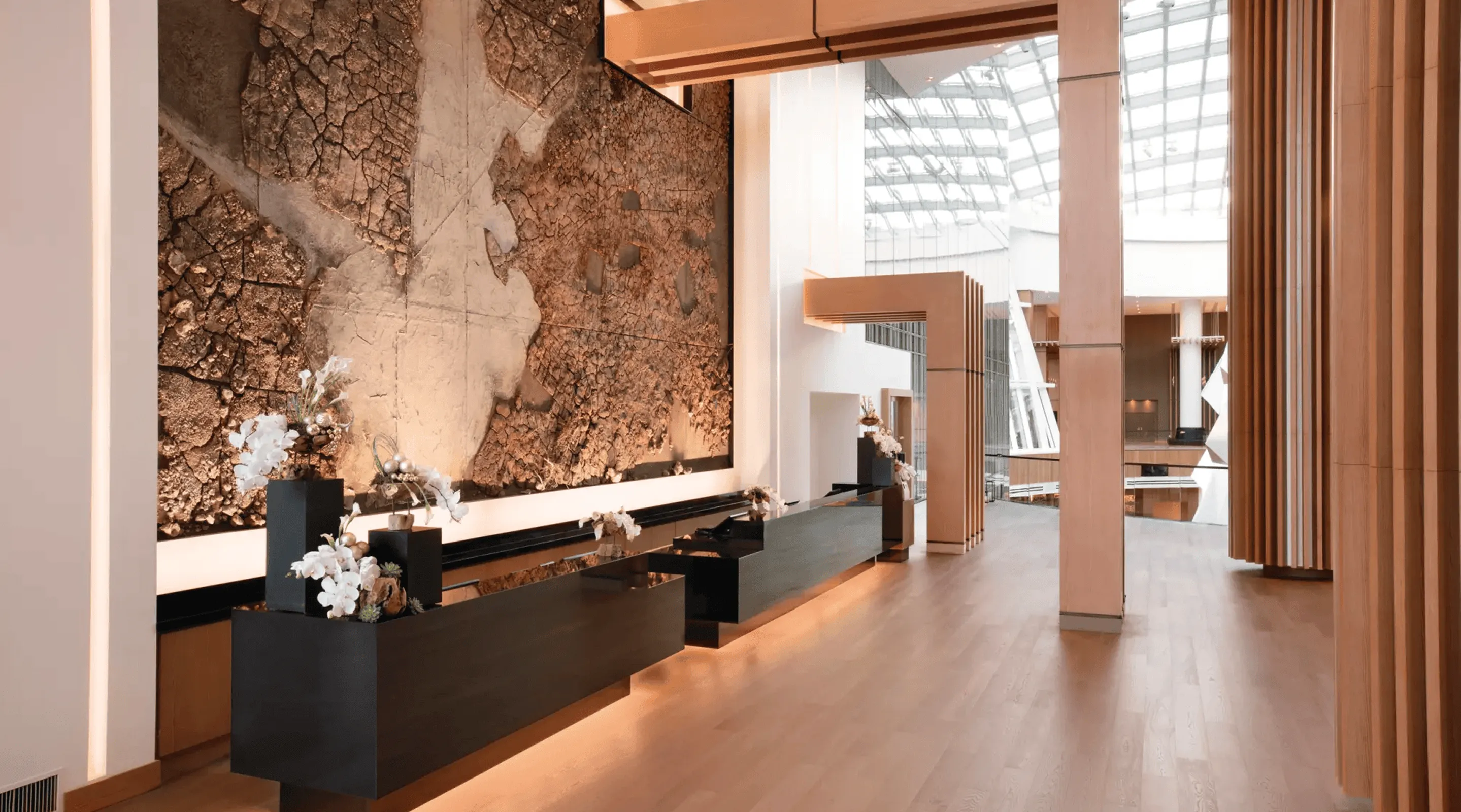
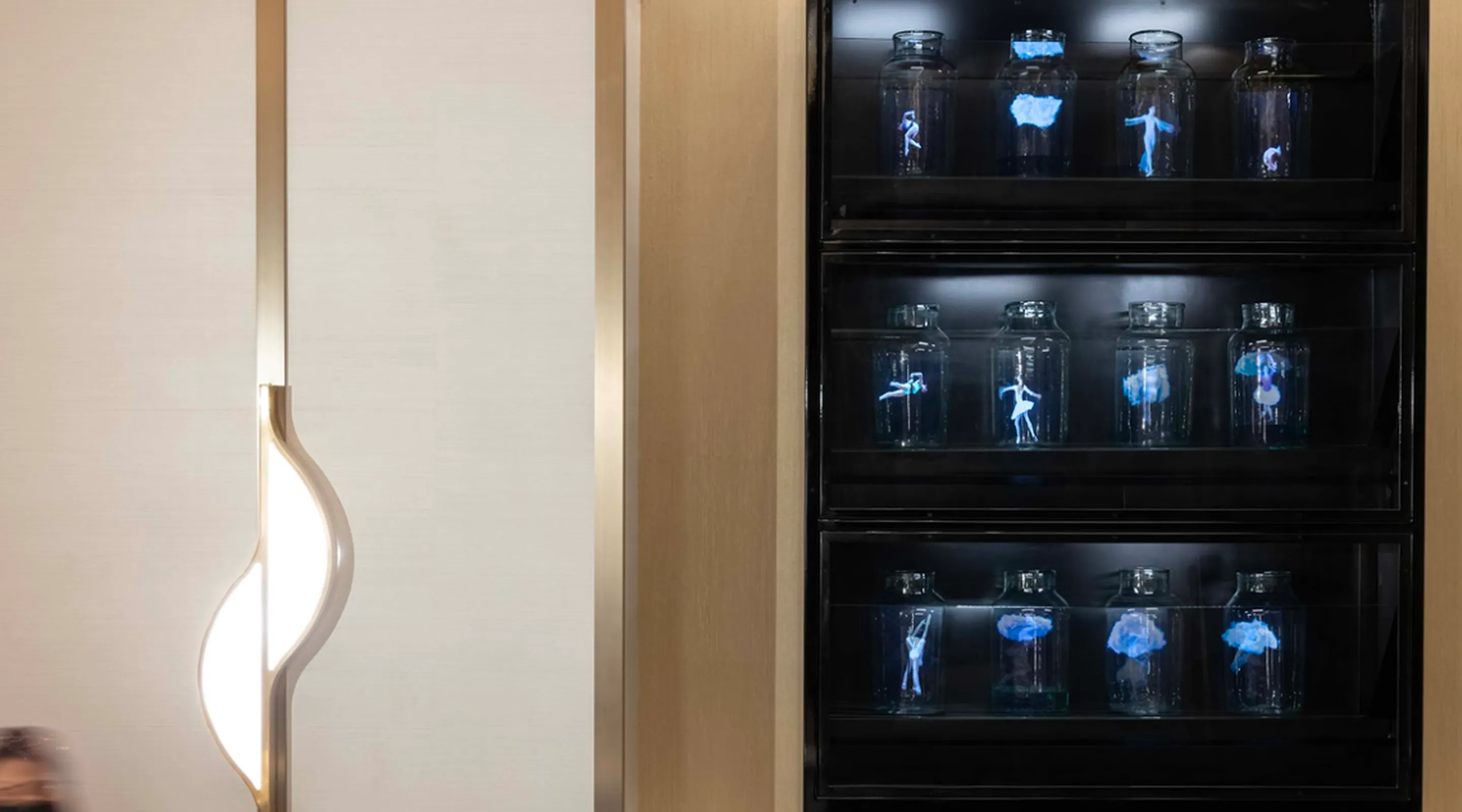
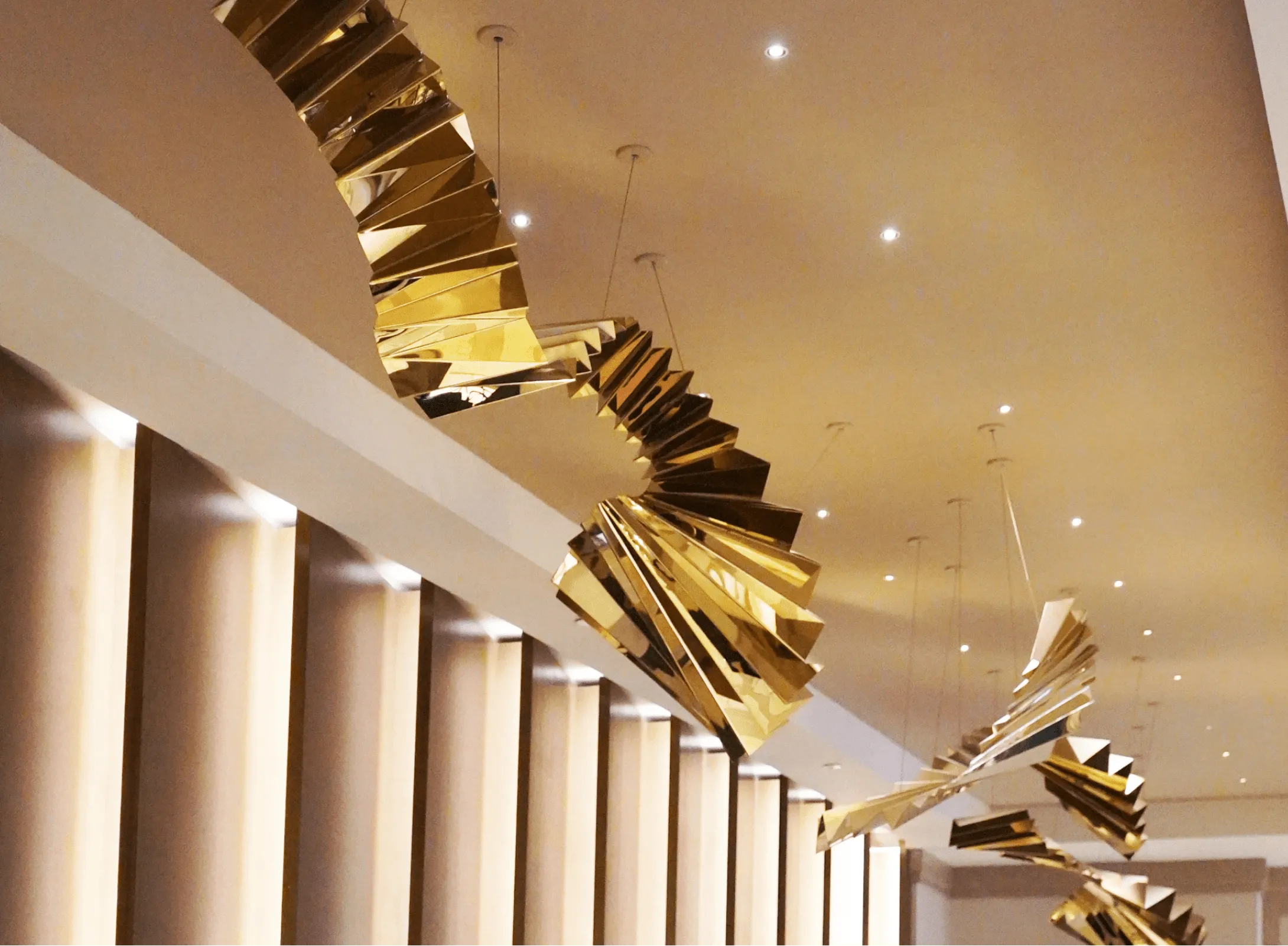
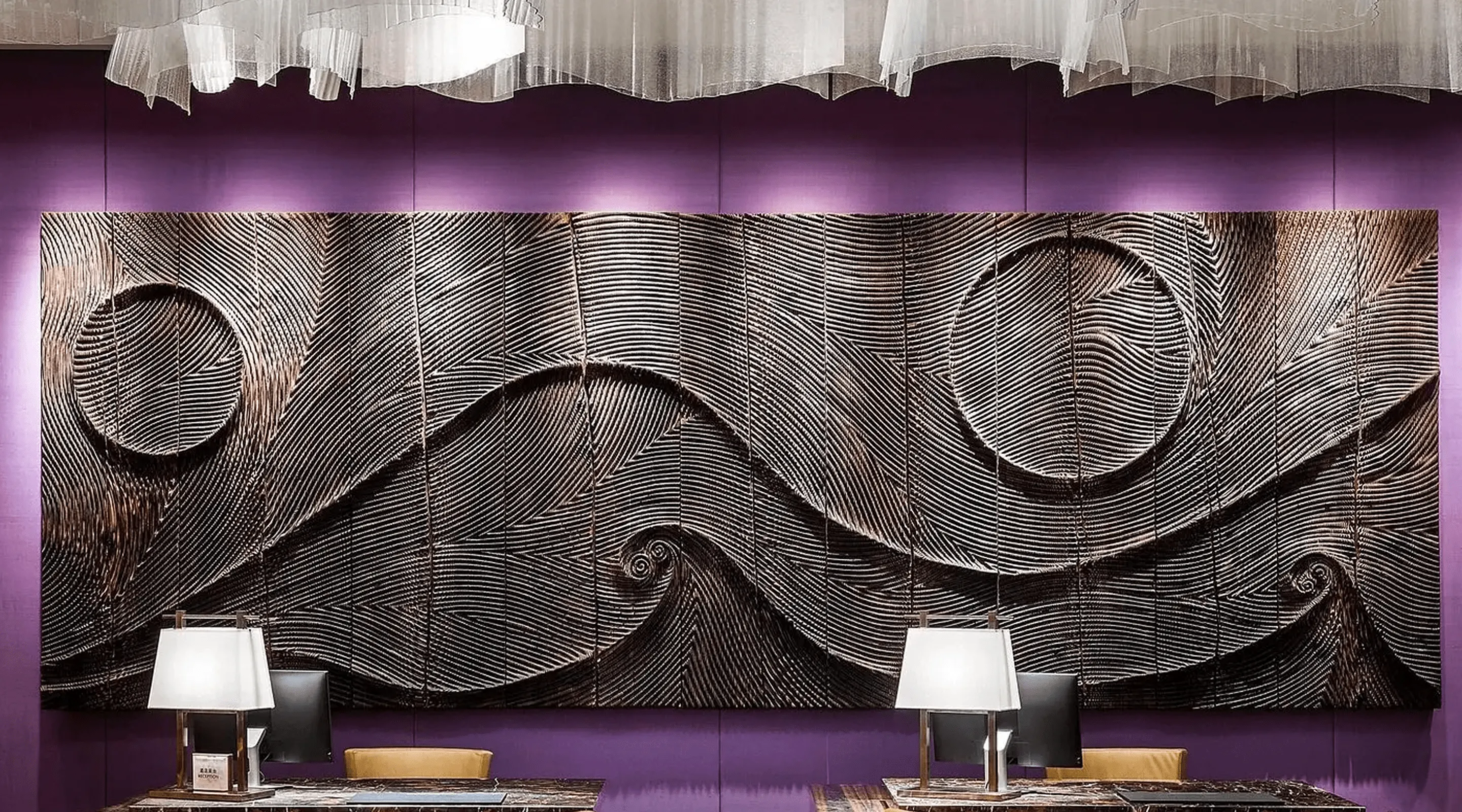
-min.webp)